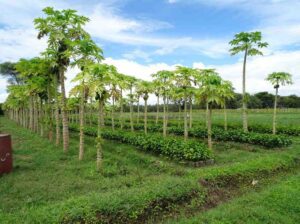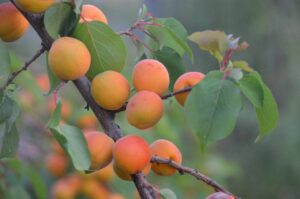Agroforestry
What is agroforestry
It belongs to the agriculture sector. Trees and shrubs are planted around or among crops or pastures in agroforestry or agro-sylviculture. Agriculture and forestry technologies are combined with shrubs and trees
- Contribute to increasing tree cover.
- Enhances farmer’s yield
- Minimize total loss chances
- Reducing soil erosion.
- Environmentally friendly
- Biodiversity improvement
- As a result, climate change will be
What is agroforestry in agriculture?
The term agroforestry refers to a particular way of looking at agriculture. An oversimplification would be that the US Department of Interior oversees everything outdoors. Agriculture produces food, fiber, fuel, flowers, and other products by manipulating the natural resources available. Agroforestry refers to producing forest products like wood, paper, biomass, furniture, etc. As part of agriculture.
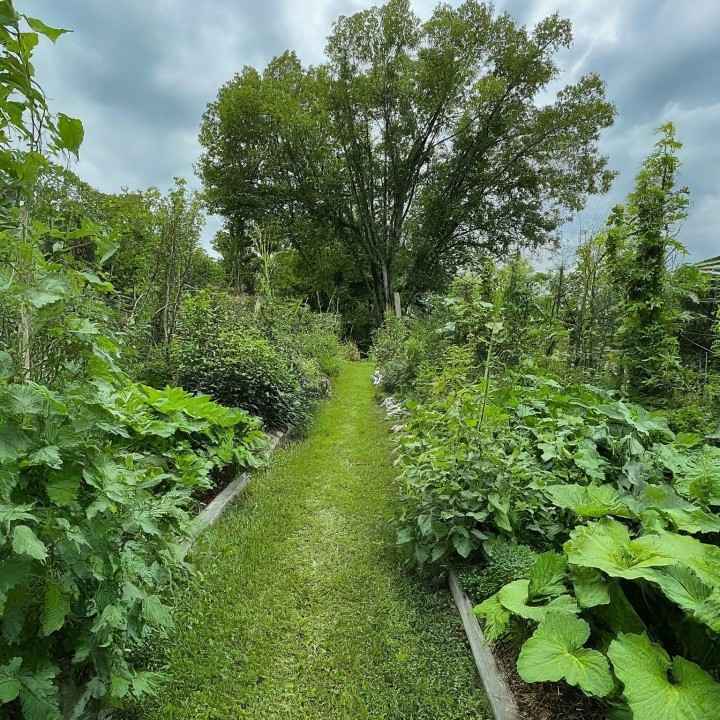
What is agroforestry ecology?
Agricultural forestry involves planting trees and shrubs to create environmental, economic, and social benefits. The approach allows for shared stewardship of agricultural and forest lands, including those adjacent to public lands.
Agroforestry Advantages
- Increase Diversity: Interplanting bananas with trees and other plants increases habitat diversity, improves ecosystem health, and supports insects and wildlife.
- Improve soil health: Trees and other plants improve soil structure and productivity through material and nutrient changes. They also help reduce soil erosion and increase water retention.
- Pest and disease control: Plenty of plants by disrupting their life cycle and providing natural predators.
- Climate flexibility: Trees play an essential role in protecting banana plants from the elements of the weather with their ability to provide shade and reduce temperature fluctuations. This understanding can help farmers stay safe and prepared for future climate challenges.


Agroforestry Article
How does agroforestry work
Agroforestry plays an essential role in sustainable agriculture. This process has many advantages and many challenges:
Benefits
Soil health: Agroforestry improves soil productivity and structure. Through their foliage and root systems, trees and shrubs help prevent soil erosion and increase nutrient availability.
Biodiversity:
Promotes biodiversity by creating different habitats for different species, which increases ecosystem health and supports animals.
Water Management:
Trees and shrubs, with their unique properties, play an essential role in managing water resources. Their deep root systems can reach water sources that are inaccessible to other plants, and their canopies can intercept rainfall, reducing runoff and promoting water infiltration. It reduces runoff, improves water infiltration, and conserves soil moisture, ensuring the sustainability of our water resources. They also help to regulate local microclimates and increase their influence.
Carbon Sequestration:
Agroforestry systems capture and store carbon dioxide, which can help.
Diversified Income:
Allows farmers to diversify their income streams. They can benefit from many sources of income, including trees, fruits, nuts, and other tree products, in addition to their main crops or livestock. This diversity can provide stability and economic growth to agricultural communities.
Pest and Disease Control:
The presence of trees can reduce pest pressure and disease by creating habitats for beneficial insects and creating physical barriers to pests.
Climate Resilience:
Agroforestry systems increase resilience to extreme weather conditions like drought and floods. Trees can protect against wind and heat and protect crops and animals.
Trees Farming
Arboriculture, also known as agroforestry or agroforestry, is the commercial cultivation of trees. These include woodworking, fruits and nuts, and other wood products. Tree plantations are managed to increase growth and productivity through selective breeding, planting, and pest control.
Sustainability
Over ten years, agroforestry systems have been 30% more productive than monoculture systems. There can be varying manifestations of financial benefits depending on the type of agroforestry system used. The characteristic of agriculture is biodiversity, which is why tree planting can prevent soil erosion, increase biodiversity, and improve air quality.

Economic benefits
Regenerative practices like agroforestry, silvopasture, and others enhance economic growth and environmental regeneration. The sale of fuel, fruit, and other wood products will generate farmer income. Focus on fruits and nuts that can be bought. Together, they plant trees, care for vegetation, and feed animals.
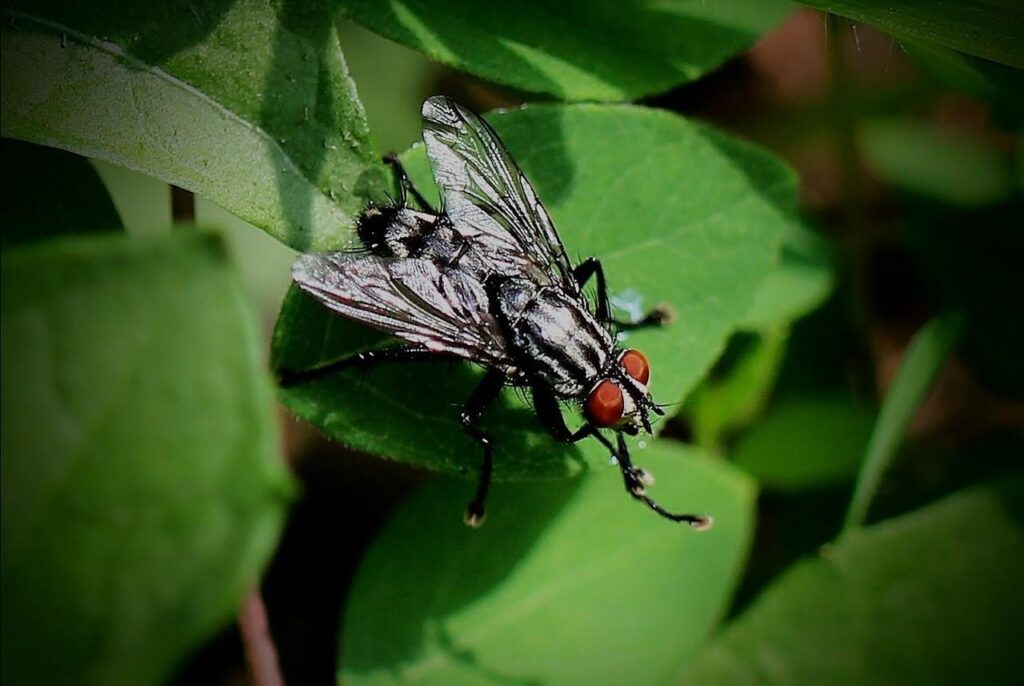
Carbon Sequestration
Planting trees to produce wood and wood products. Reducing carbon dioxide emissions by planting trees is an effective strategy to mitigate climate change. Enhanced ecosystem services such as resilience, biodiversity, carbon sequestration, and water quality
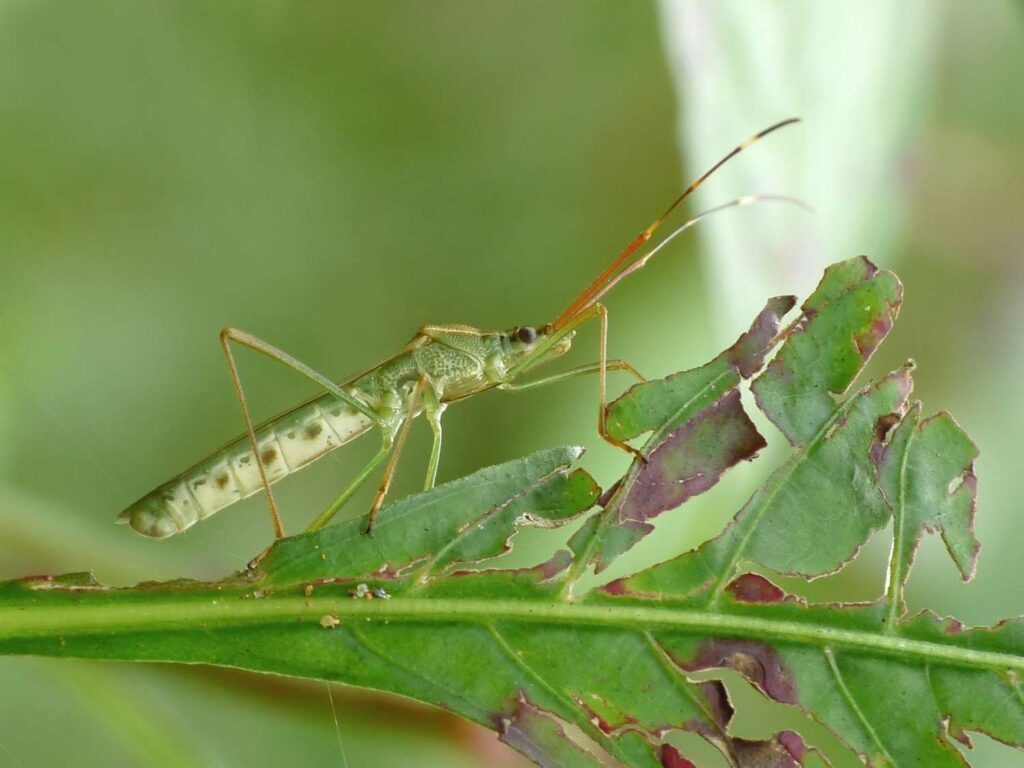
Agroforestry practices examples
What are the examples of agroforestry?
Cultivation: Cultivation of rice, wheat, maize, and vegetables are examples of crops and crops.
Animal husbandry: rearing cattle, buffalo, sheep, goats and chickens.
Aquaculture: Aquaculture raises fish and other aquatic animals in tanks and lakes.
Gardening: Open fields and greenhouses are ideal for growing fruits, vegetables, and flowers.
Farming: no synthetic pesticides, fertilizers, or hormones are used to produce crops and animals.
Agroforestry: increasing biodiversity and providing value-added products and services by integrating trees into agricultural systems
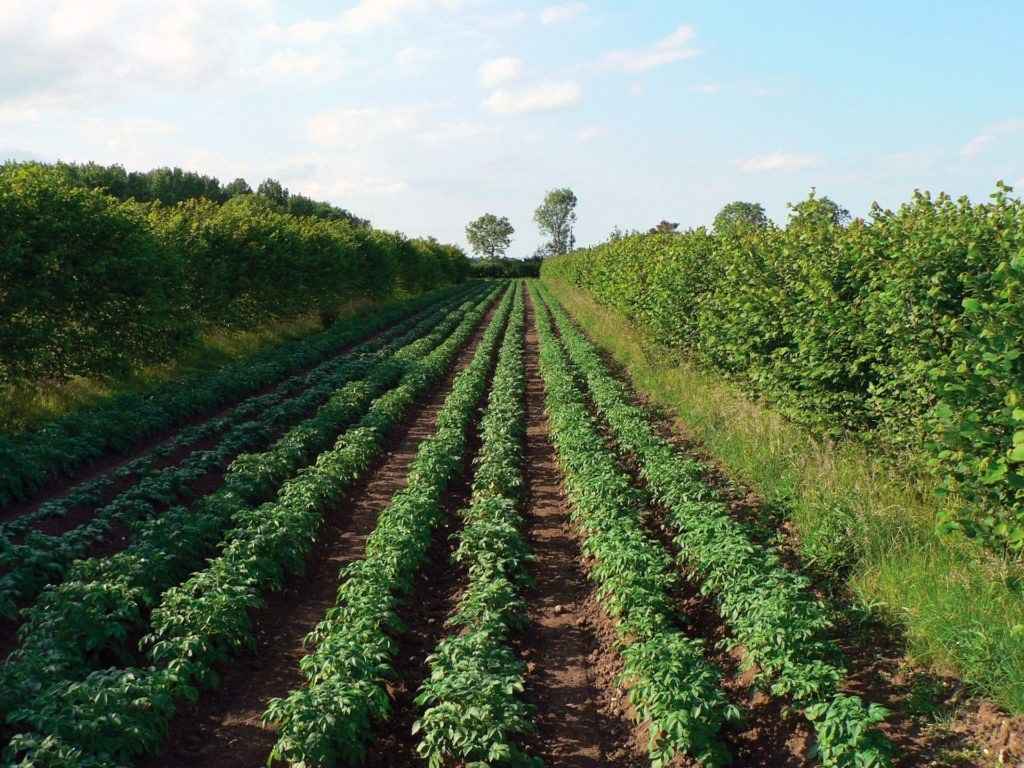

agroforestry jobs
USDA government jobs and related international agricultural jobs provide careers in food safety, natural resources conservation, renewable energy, conservation agriculture, and farming research. Wilderness protection agencies may offer contracts for survey crews or ecologists of humpback whale habitats to monitor threats like submerged oil slicks from off-shore drilling operations. State offices such as Louisiana Department of Wildlife and Fisheries (LDWF) projects require entry-level “Game Warden” positions that include wildlife management biologists with boat patrol duty on the bayou for alligators and black bears and fishing camps on Lake Fausse Pointe protected land. Tree farming is essential for both the economy and the environment.
agroforestry systems
How does agroforestry help to achieve SDGs?
Agroforestry as a land use system can contribute to at least nine of the 17 Sustainable Development Goals that must be achieved: 1, 2, 3, 5, 6, 7, 12, 13, and 15. It plays a crucial role in both climate mitigation and adaptation, fights poverty and hunger, and increases biodiversity.
What are the different types of planting patterns in agroforestry?
Examples of agroforestry systems in semiarid and arid lands include silvopastoral systems, windbreaks, and shelterbelts. Its systems in Tropical Highlands Examples: Coffee, tea, and woody perennials used in soil conservation and improved fallow management.
agroforestry challenges
Initial Investment:
The time, money, and resources required to establish a forestry system are significant. It may take a long time to plant the tree and the beginning of the benefits of the tree.
Complexity of Management:
Farming becomes more complicated when combining trees with crops and livestock. Farmers must balance the needs of different species to manage their interactions.
Knowledge and capacity:
Knowledge and understanding of forestry and agriculture are necessary to implement afforestation successfully. Training and support are not the only things required. Farmers need to manage forest systems properly. Farmers can overcome challenges and reap the fruits of the forest with proper guidance.
Legal barriers:
Laws and guidelines in some regions may not support or prohibit agroforestry practices. There are many reasons, including land ownership issues and a lack of incentives or policies that limit land use.
Pests and diseases:
However, agroforestry can introduce new crops, so they must be managed carefully. It will improves soil health, biodiversity, water management, and climate health and provides alternative income for farmers. However, there are challenges related to initial investment, operational complexity, land use, and market access. Maximizing agricultural benefits in agricultural systems requires addressing these challenges.







